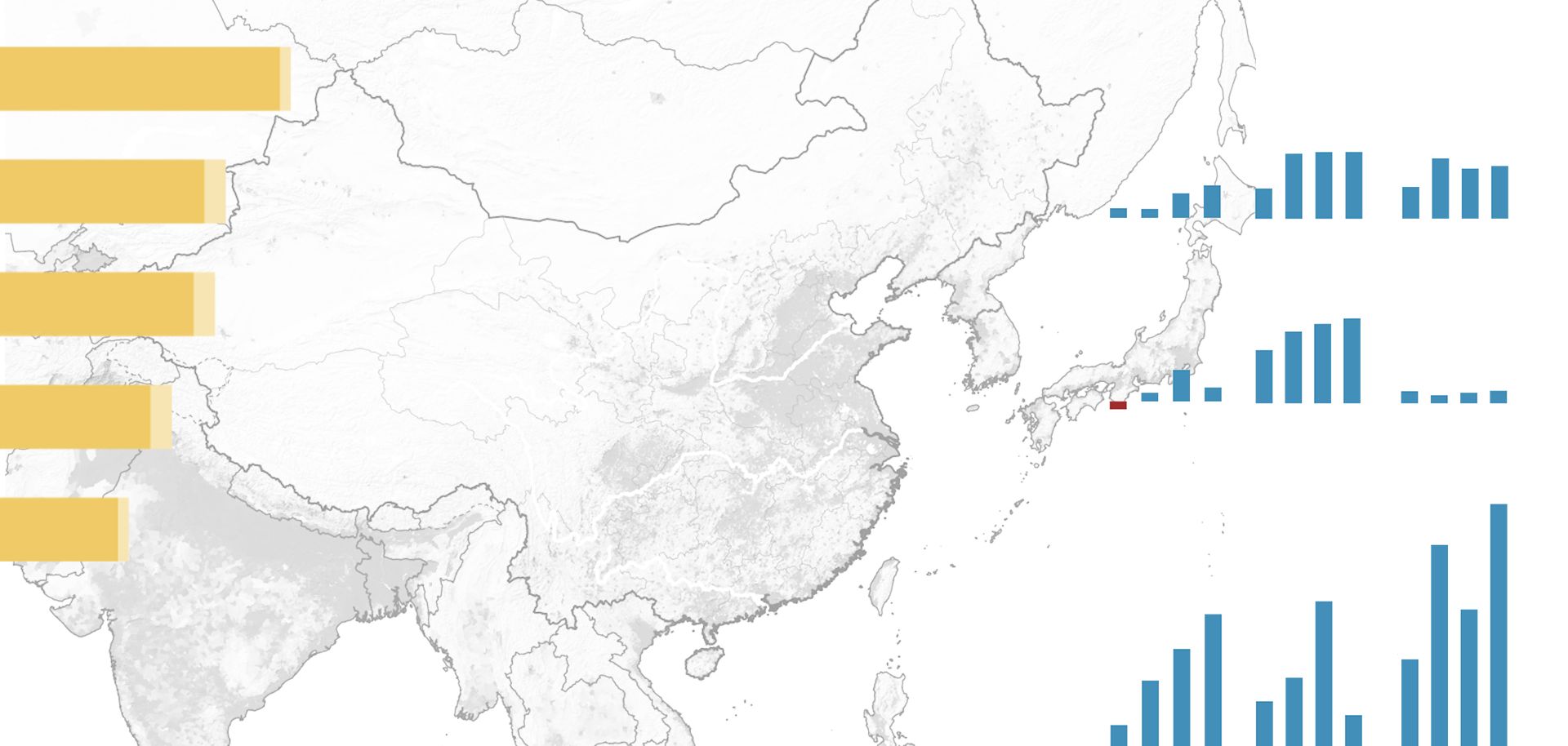
Since Yugoslavia's gradual and conflict-laden disintegration, which began in the early 1990s, Yugoslavia's former constituent territories — Slovenia, Croatia, Serbia, Bosnia-Herzegovina, Montenegro and the Republic of Macedonia — have diverged economically and in their attitudes toward Europe and Russia. Serbia has a particularly strong relationship with Russia; the two countries have cultural and religious ties, and Moscow supports Belgrade in its claims on Kosovo. Russia and Serbia recently signed an agreement for an $800 million loan to finance an upgrade to Serbia's railway system and discussed a prospective $1 billion loan to support Belgrade's budget. More significantly, the Russian-backed South Stream natural gas pipeline is expected to receive national project status from Serbia soon. Russia is already the Balkans' main energy provider, and South Stream will allow it to fortify that position. Natural gas currently makes up about 10 to 15 percent of energy consumption in the former Yugoslav states, but with the construction of the South Stream pipeline, increasing natural gas exploration in the region and the expansion of the area's natural gas infrastructure, natural gas usage is expected to rise. Russian state-owned energy company Gazprom heads the South Stream project. The main pipeline will run through the Black Sea, then through Bulgaria, Serbia, Hungary and Slovenia and will end in Italy. Serbia and Slovenia will benefit from increased natural gas supplies as well as transit fees. Other countries in the region eventually will gain access to natural gas from the South Stream line after lateral pipelines are built.



